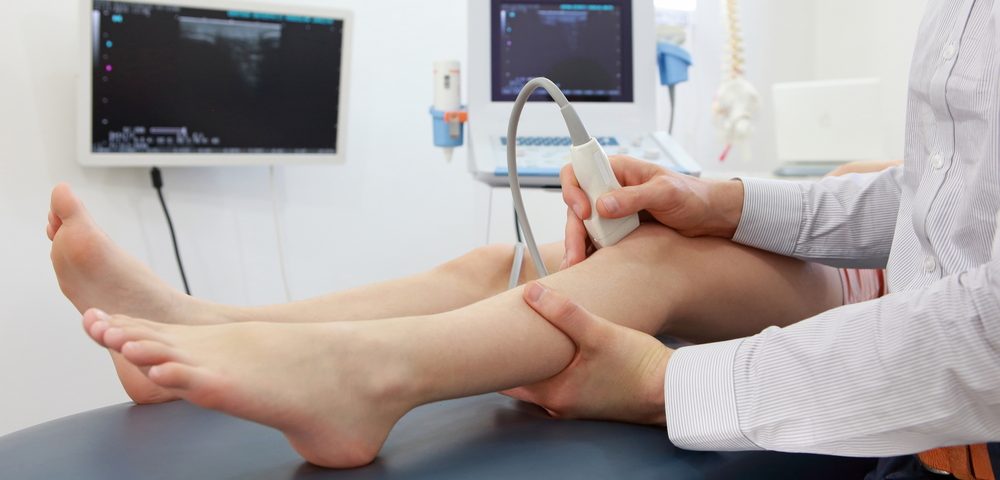The risk of flares increases in juvenile idiopathic arthritis (JIA) patients who are in remission, on medication, and have subclinical inflammation of the joints, a recent study found. Based on the findings, researchers recommended that these patients be closely monitored and that doctors consider delaying a withdrawal of medication to prevent flare and joint erosion.
The study, “Patients with juvenile idiopathic arthritis in clinical remission with positive power Doppler signal in joint ultrasonography have an increased rate of clinical flare: a prospective study,” was published in the journal Pediatric Rheumatology.
Previous studies of joints using ultrasonography — a procedure that uses high-frequency sound waves to produce images of the body’s interior — showed that JIA patients in remission had subclinical synovitis, or inflammation of the synovial (joint-lining) membrane. However, the impact of synovitis in clinical remission had not been well-understood.
Researchers evaluated whether they could predict flares or joint damage in JIA patients in clinical remission by reviewing alterations in their ultrasonograms. They also sought to determine the factors that might be associated with joint damage.
They evaluated the clinical and ultrasound performance of 17 joints in JIA patients in clinical remission over a 30-month period. The clinical evaluation, which included physical exams, functional capacity, and inflammatory markers, was performed at baseline and every six months thereafter. Ultrasonography to assess synovitis and joint damage was performed at baseline and repeated on a yearly basis.
The team used a special type of ultrasonography called power Doppler, which has greater sensitivity, particularly in smaller vessels.
“Subclinical synovitis was defined when there was synovitis with or without positive PD [power Doppler] signal in US [ultrasonography] joints of patients in clinical remission. Flare was defined as any joint presenting clinical arthritis requiring therapy modification,” the researchers wrote.
The study evaluated 35 patients, of which 26 (74.3%) were in clinical remission while on medication for an average of about 1.5 years. Nine patients were in remission without medication with an average remission time of three years.
During the study period, 20 patients (57.1%) experienced JIA flares. While sub-clinical synovitis — detected by ultrasonography — showed no predictive ability for flares, patients with a positive power Doppler signal — an indicator of an active synovial inflammation — had five times greater risk of flare. The risk was 14 times greater in patients in remission while on medication.
“Joints with subclinical synovitis with positive PD signal flared more after 6 and 12 months,” the researchers wrote.
Joints with subclinical synovitis also showed more erosion during follow-up.
Overall, these results suggest that patients in remission while on medication who present positive power Doppler signal — a sign of subclinical synovitis — have a greater risk of flare and should be monitored closely during treatment.
“In the same way, joints with subclinical synovitis with or without positive PD signal should be monitored due to the risk of flare and joint damage,” the team said.

